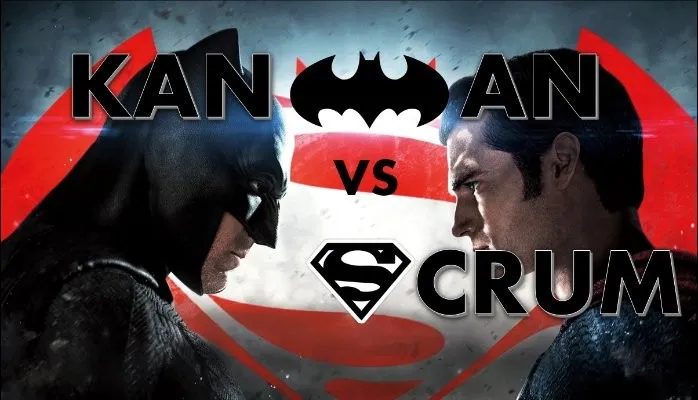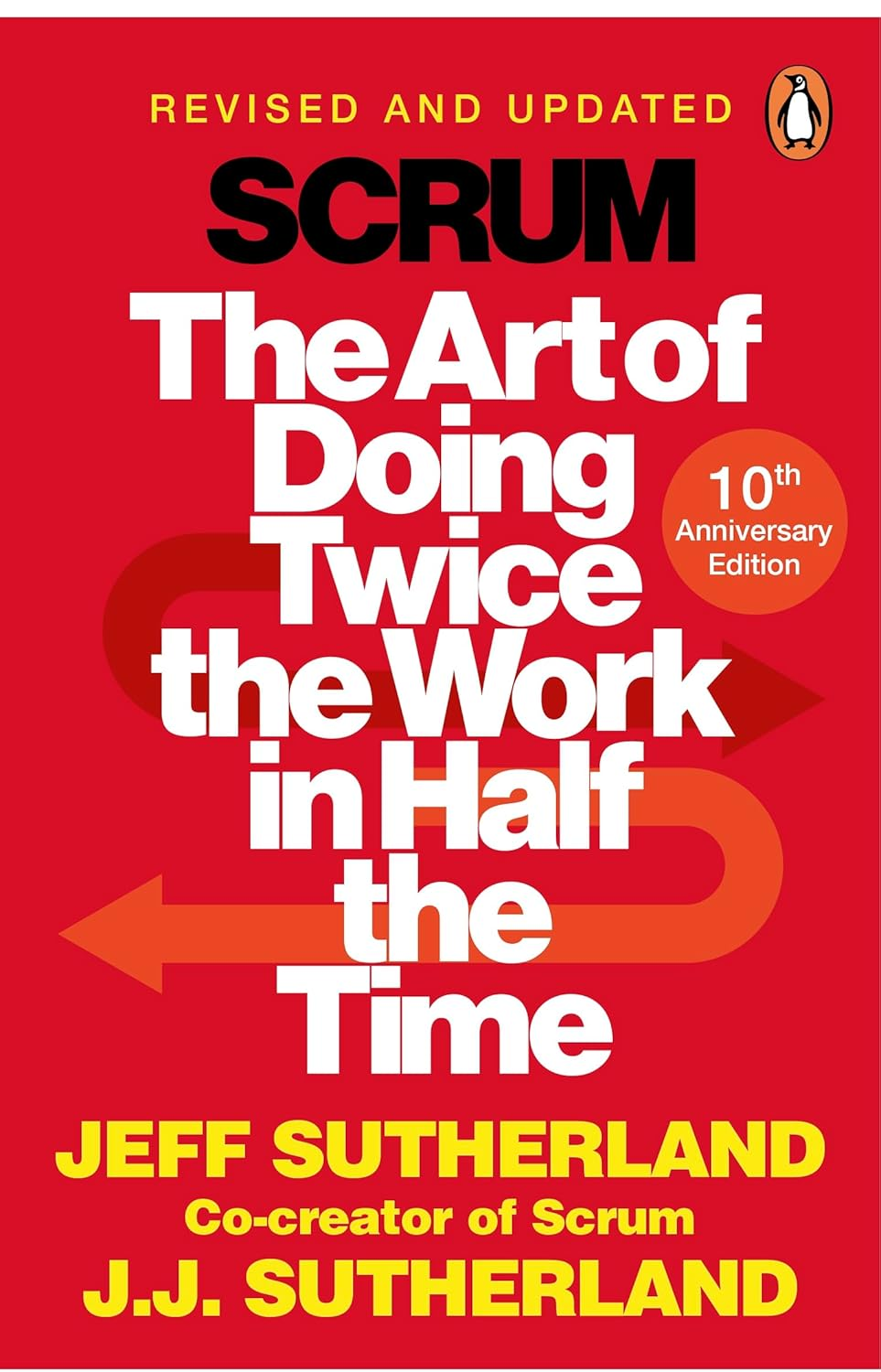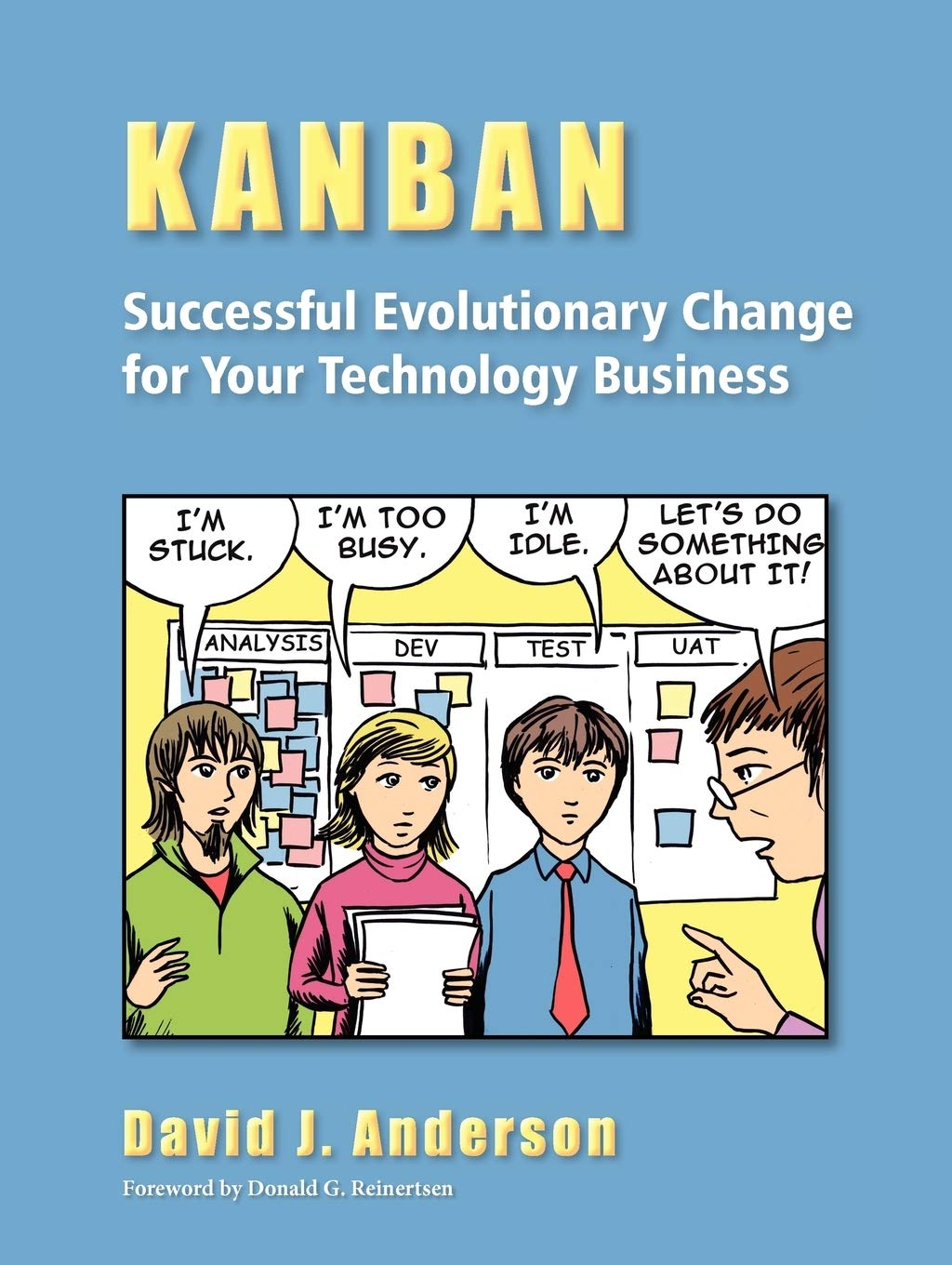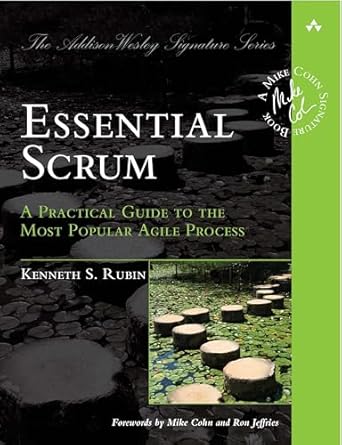Remote work is becoming increasingly popular, offering the desired flexibility but also bringing unique challenges. This article explores practical strategies to enhance productivity, maintain work-life balance, and strengthen team connections. Key takeaways
Scrum vs. Kanban: Which Agile Framework is Right for Your Project?
Scrum and kanban are two widely used agile frameworks for managing projects. This article provides a detailed comparison of their strengths, differences, and best use cases to help teams determine the ideal method for their workflows.
Both scrum and kanban focus on improving project workflows and team collaboration, but they differ in structure, flexibility, and implementation. This guide will help you understand which framework best suits your project requirements.
Key takeaways
Scrum emphasizes fixed roles, sprints, and ceremonies for structured project management.
Kanban focuses on continuous workflow and adaptability with visual task management.
Choosing between Scrum and Kanban depends on project complexity, team size, and workflow needs.
Understanding frameworks
Scrum offers a structured approach with defined roles and timeboxed sprints, ideal for projects with clear goals. Kanban, on the other hand, provides flexibility and visual workflow management, making it perfect for ongoing or less structured tasks.
What is scrum?
Scrum is a framework within Agile project management that uses fixed-length sprints (typically 1–4 weeks) to deliver iterative progress.
Key Elements of Scrum:
- Defined roles: Scrum Master, Product Owner, and Development Team.
- Timeboxed sprints: Focused periods for completing specific tasks.
- Ceremonies: Daily stand-ups, sprint planning, reviews, and retrospectives.
Example: A software development team using Scrum might plan a sprint to deliver a new login feature. The team collaborates daily, reviews progress in a sprint review, and discusses improvements in a retrospective.
Learn more about Agile project management in our article "Agile Project Management: Effective Project Handling in 2025".
What is kanban?
Kanban is a visual workflow management method designed to optimize efficiency and flexibility.
Key Elements of Kanban:
Kanban board: A visual tool with columns like "To Do," "In Progress," and "Done."
Work-in-progress (WIP) limits: Restricts the number of tasks in each stage.
Continuous delivery: Tasks are completed and released as they are ready.
Example: A marketing team uses Kanban to manage campaigns. Tasks move through stages like "Planning," "Content Creation," and "Published," ensuring a steady flow of work without bottlenecks.
Discover how to use a Kanban board effectively in our article "What is a Kanban Board? A Guide to Visualizing and Managing Workflows".
Key differences between scrum and kanban
| Aspect |
Scrum |
Kanban |
| Structure |
Fixed roles, sprints, and ceremonies |
Flexible with no defined roles |
| Workflow |
Timeboxed iterations | Continuous flow |
| Focus |
Delivering increments within sprints |
Visualizing and optimizing workflows |
| Flexibility |
Moderate; relies on predefined processes |
High; adapts to changing priorities |
| Best for |
Complex, goal-oriented projects |
Ongoing or repetitive tasks |
| |
|
|
Advantages of scrum
- Improved Team Collaboration
Scrum ceremonies encourage regular communication, ensuring everyone stays aligned. - Clear Structure and Accountability
Defined roles and responsibilities reduce confusion. - Focus on Iterative Progress
Timeboxed sprints promote consistent delivery and help teams adapt to changes.
Advantages of kanban
- Flexible Task Management
Kanban’s lack of time constraints makes it ideal for teams with unpredictable workloads. - Visual Workflow Optimization
Kanban boards provide transparency, helping teams identify bottlenecks and improve efficiency. - Continuous Delivery
Tasks are completed and deployed as soon as they are ready, making Kanban suitable for support teams or maintenance projects.
Choosing the right framework
| Team Type/Project |
Recommended Framework |
| Software Development |
Scrum for feature-based work |
| Marketing Campaigns |
Kanban for ongoing initiatives |
| Support Teams |
Kanban for flexible task flow |
| Cross-Functional Teams |
Scrum for structured collaboration |
| |
|

Interesting fact 
Did you know? The term "Scrum" was inspired by rugby, where players work closely together to move the ball forward. "Kanban" originates from Toyota’s production system and means "visual signal" in Japanese.
Discover the principles behind "Agile Project Management: Effective Project Handling in 2025". Learn how to effectively use "What is a Kanban Board? A Guide to Visualizing and Managing Workflows". Explore the "What Is a Scrum Master? Key Roles and Responsibilities Explained".
Conclusion
Scrum and Kanban are powerful Agile frameworks, each with unique strengths. Scrum suits teams that thrive on structure and iterative progress, while Kanban is ideal for teams seeking flexibility and continuous delivery. Choose the one that aligns with your workflow, project goals, and team dynamics.
Recommended reading 

"Scrum: The Art of Doing Twice the Work in Half the Time"
This book dives into the principles of Scrum, showcasing how the methodology helps teams work faster and more efficiently.
On Amazon
"Kanban: Successful Evolutionary Change for Your Technology Business"
A comprehensive guide to Kanban, explaining how to visualize workflows, identify bottlenecks, and enhance productivity.
On Amazon
"Essential Scrum: A Practical Guide to the Most Popular Agile Process"
A practical guide for teams and managers, offering an in-depth look at the core concepts of Scrum.
On Amazon






